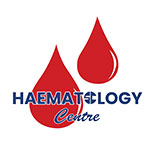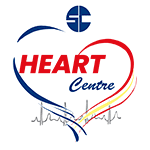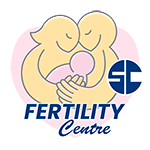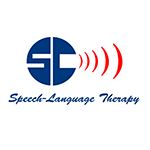-
WHATSAPP ENQUIRY
+6017-472 4260 -
238, Jalan Macalister
10400 Penang, Malaysia -
Language

Haematopoietic stem cell transplantation has become an increasingly safe and effective procedure in recent years and is now established as one of the most important curative strategies in patients with haematological malignancies such as leukaemia, myelodysplastic syndrome, and myeloproliferative neoplasm. It has an important role to play in the management of lymphoma, multiple myeloma, acquired bone marrow failure syndrome, hemoglobinopathies, congenital immunodeficiency and certain metabolic diseases.
Indications for haematopoietic stem cell transplantation
Acute myeloid leukaemia
Acute lymphoblastic leukaemia
Chronic myeloid leukaemia in blast phase, accelerated phase, failed multiple TKIs
Primary myelofibrosis with intermediate or high DIPSS score
Myelodysplastic syndrome with excess blasts, multilineage dysplasia
Chronic lymphocytic leukaemia with poor risk disease, Richter's transformation
Hodgkin's lymphoma
Non Hodgkin's lymphoma
Multiple myeloma & amyloidosis
Severe aplastic anaemia
Principles of donor choice
Autologous (patient’s own stem cell)
Allogeneic (another person)
- HLA matched related donor (sibling)
- HLA matched unrelated donor (local donor or from overseas)
- HLA mismatched related donor
- HLA mismatched unrelated donor
- Syngeneic transplant (identical twin, non-identical twin)
- Haplo-identical donor (half HLA-matched, usually a parent)
- Cord blood (seldom practise nowadays)
Stem cell apheresis
Stem cell harvest is a special form of procedure which is used to collect stem cells from peripheral blood using a cell separator called apheresis machine. Before the procedure, patient or donor will receive growth factor injection to increase the number of stem cells in the blood. Once the cell count has reached a sufficient level, blood is removed through a special catheter and circulated into the apheresis machine. The mononuclear cells are separated and transferred to a collection bag. Other blood components will return to the body through the same catheter.
Basic principles of haematopoeitic stem cell transplantation
A combination of drugs +/- radiotherapy are given to patient before the infusion of stem cells (referred to as the conditioning or preparative regimen). It is essential for disease eradication and the creation of ‘’empty space” within the marrow cavity to allow growth of donor’s stem cells in the body. Infusion of adequate stem cell inoculum also ensures lifelong reconstitution of haematopoiesis.












